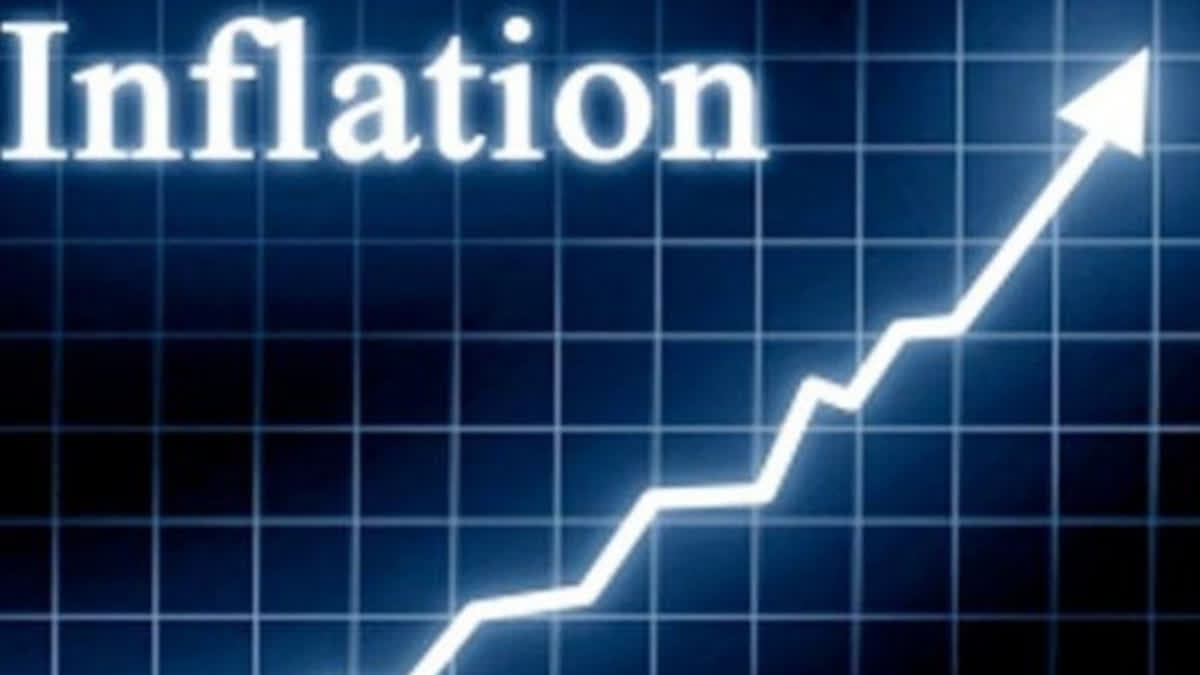New Delhi : Four prominent central banks that are tasked with managing inflation in their countries and regions followed a distinct strategy about the benchmark policy rates as they grappled with the question of managing both inflation and GDP growth.
While the US Federal Reserve, the central bank for the world’s largest economy decided to pause the spree of rate hikes, the People’s Bank of China (PBoC), central bank for the world’s second largest economy, cut the key policy rates thrice in the month of June to boost business sentiment and support economic growth, a move which is diametrically opposite to the strategy followed by the US Federal Reserve.
Two other important players, the European Central Bank (ECB) and Bank of England (BoE) raised the policy rates. The BoE also indicated further rate hikes as the inflation in the country hit 9 percent as against the target of 2 percent. In India, the RBI, which is mandated under Section 45ZA of the Reserve Bank of India Act of 1934, to keep the retail prices within the target band set by the Central government, has not hiked interest rates in the last two monetary policy committee meetings.
What is happening at the global level?
According to the data gathered by the State Bank of India’s economic research unit, of the 44 central banks whose meetings took place in the month of June, only 10 central banks have raised policy rates. The data showed a maximum number of central banks, 29 of 44 central banks went for a pause while just 5 central banks cut their policy rates.
In India, the Reserve Bank was also following a coordinated policy by raising the benchmark interest rates in sync with the US Federal Reserve but it has changed this policy this year. “Clearly, a divergence can be seen with Fed pivoting to wait and watch by skipping rate hike in the May FOMC meet while both ECB and BoE decided to stick to rate hikes,” said Soumya Kanti Ghosh, Chief Economic Adviser of State Bank of India (SBI).
With the 50 basis point hike in the policy rate effected in June, policy rate in United Kingdom has reached to highest level since 2008. While China has thrice cut policy rates and other bank rates in the month of June to boost business sentiment as its economy is struggling after initial pickup that was seen immediately after the Covid related restrictions at the start of the year.
On the other hand, the Bank of Japan (BoJ) is following a tight money policy despite retail inflation in the country staying above the target of 2 percent for the last 14 months. In fact, the BoJ is following an ultra-loose monetary policy to spur growth in a fledgling economy. Japan’s retail inflation has come at 3.2 percent in the month of May, slightly down from 3.4 percent a month earlier.
